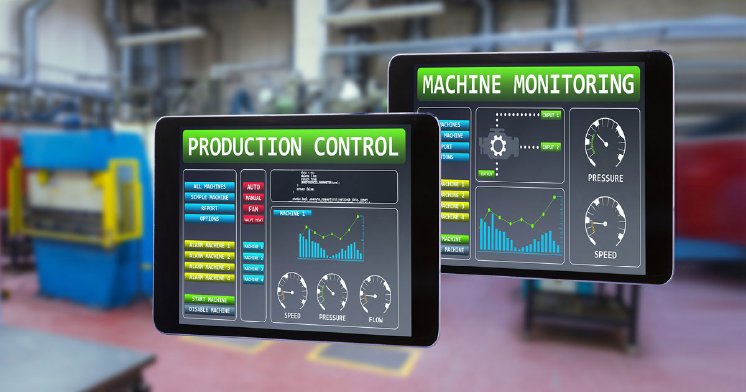We said that in order to have a truly Industry 4.0 enabled operation, it is critical to follow a roadmap which aims at digitized operation, but achieves it in a progressive and planned manner. We started off with explanation of the importance of mapping physical manufacturing process and assets along with business process mapping, all the while keeping IT enabled process integration at the center of things.
See also: Industry 4.0: The Roadmap to a Digital Manufacturing Operation (part 1/3)
Today, we move ahead on the roadmap and understand what happens after the process has been mapped and virtually integrated with other functional areas.
Step 3: Gain real-time visibility
After the manufacturing process is mapped, the next step is to monitor the manufacturing process. Studying and generating KPI data, engineering data, reports, and all type of online analytics should be applied to gain a clear real-time visibility to the current manufacturing process.
Here, it is essential to note that depending on the IT application deployed in the process, the quality of information generated for successfully monitoring the process will vary from good, to bad, to completely unreliable, hence it is absolutely critical to have the right MES provider and consultants to ensure that all process related information can be captured in real-time and the data captured is then catapulted to the right personnel distributed across the value chain. Real time SPC capabilities in the MES, coupled with the ability to pull data not only from process equipment but also the higher level ERP, CRM and SCM type applications, is essential for a successful and holistic monitoring process.
At this monitoring stage, it becomes clear how the current production process and flow are performing and where the problem and improvement areas in the manufacturing are located. This stage of monitoring is extremely vital and should be so considered, as it paves the way for other Industry 4.0 related technologies to now manifest themselves and facilitate digitally driven improvements. It also allows process owners and channel partners to gauge actual data and understand where exactly in the process there are opportunities to add value.
Step 4: Optimization of Manufacturing Processes
Once status quo is clearly understood, the process towards attaining a digital manufacturing and operation can move forward, which leads us to the next stage in the road map: process optimization.
Improving the areas of the operation, which were identified through monitoring. This stage involves making incremental changes to the production process in order to improve the process performance and the value it generates. Right from changing production planning, to achieving orchestrated and automatic process scheduling, with yield management, pricing improvement and preventive maintenance are to be implemented at this stage, again it goes without saying that the MES application actually deployed in the process plays a major role in achieving the efficiency and effectiveness goals set.
Step 5: Make the operation "smart"
The next stage in the roadmap leads us to a point where I 4.0 really starts to kick in. This stage allows complete virtual tour of the production floor, which paves the way for virtual reality scenarios to be implemented across the whole production process. The improvement made at this level have the potential to completely transform the current production flow and planning
This step can be quite disruptive providing immense possibilities for making quantum leaps in terms of process improvement and flow planning. At this stage all physical components of the process exist virtually along with their connections to various functions, both within and beyond the organization. At this stage massive improvements are possible as process owners begin to see the process in entirely, through integrated applications and seamless data flow from the process. At this point decisions like relocating a set of machinery or using a particular loading bay for a particular material input or adding a step of finishing at dealer warehouses, may be affected… and such decisions might be never have been possible, if the whole production process along with all physical components and the production flow were not well understood.
So revisiting the five stages of the roadmap to digital manufacturing operation, we learn that these steps implemented in this particular order enable the best chances to achieve a digital manufacturing operation, capable of fully harnessing the Industry 4.0 advantage. What’sc ritical to recognize is the importance of IT applications like the MES in the whole process. More on that in the next post.

